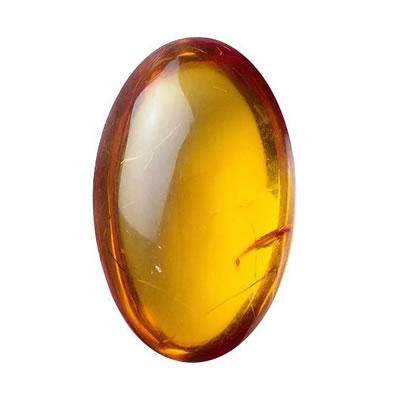Lapis Lazuli

Lapis Lazuli jewelry
Etymology and history
Lapis is the Latin for "stone" and lazuli the genitive form of the Medieval Latin lazulum, which is from the Arabic lāzaward, which is ultimately from the Persian لاژورد lāzhward, the name of a place where lapis lazuli was mined. The name of the place came to be associated with the stone mined there and, eventually, with its color. The English word azure, the French azur, the Italian azzurro, the Spanish and the Portuguese azul are cognates. Taken as a whole, lapis lazuli means "stone of Lāzhward". In ancient Egypt lapis lazuli was a favorite stone for amulets and ornaments such as scarabs; it was also used by the Assyrians and Babylonians for seals.
Lapis Lazuli description
Lapis lazuli, gem, deep blue, violet, or greenish blue in color and usually flecked with yellow iron pyrites. It is composed of lazurite, a complex sodium aluminum silicate, mixed with other minerals, and is usually found in masses, rather than in crystals, in metamorphosed limestones. The finest color is intense blue, lightly dusted with small flecks of golden pyrite. Stones with no white calcite veins and only small pyrite inclusions are more prized. Often, inferior lapis is dyed to improve its color, producing a very dark blue with a noticeable grey cast which may also appear as a milky shade.
Lapis Lazuli in jewelry
The specific color of Lapis Lazuli show on these incredible rings, necklaces, bracelets, earrings, brooches and home decor pieces. Our contemporary designs, techniques and noble metals are the perfect showcase for this millenarian stone.
Occurrence
The best lapis lazuli is still quarried in the province of Badakshan, Afghanistan, just as it was when Macro Polo visited the quarry in AD 1271. The stone is also quarried near Russia's Lake Baikal, while poorer quality lapis comes from Chile and the USA.
Talk to Our Jewelry Experts
Monday to Friday from 9AM to 5PM EST













